REPORT | The artist's perspective of live streaming in SA
The coronavirus (COVID-19) pandemic effectively shut down live performance across the globe in March 2020. In that month, South Africa declared a national state of disaster and imposed a lockdown, which, among other things, prohibited public gatherings including live performance events. The probability of general opening for live performances in South Africa before the end of 2020 remains low.
 A live performance at Untitled Basement in Johannesburg.
A live performance at Untitled Basement in Johannesburg.
To address the social and economic challenges represented by the lockdown, Concerts SA, a joint South African and Norwegian live-music development project, has just released a comprehensive report unpacking the different live-streaming activities in South Africa and assessing the underlying business models to evaluate the risks and opportunities for live streaming.
How, and how much, are artists paid?
A range of payment models are present on the internet ‘tour circuit’, from splits of ticket sales to artists being paid by donors, investors and corporates. Live streaming in the absence of some form of sponsorship provides a significantly smaller financial return for musicians, with some examples in the report relating to the first phase of income from live streaming where ticket sales without a donor or corporate sponsor generate between 10-25% of the net income the musician could expect to receive from performing a live club show. These examples do not quantify any of the subsequent long tail of income from royalties, syndication or other uses of the recordings.
However, potential live-streaming ticket income is not the only consideration for artists and management teams. With multiple platforms and business models available, it is important for the teams to carefully research and assess each potential partner to find the most suitable avenue for the performer and their music.
Some key questions for artists who are considering live streaming
Musicians should consider why they primarily want/need to livestream. Their reasons could be one or more of the following:
- To reach a bigger audience.
- To retain their current audience in the absence of live music.
- To monetise their music.
- To leave a record of their creativity.
Once the musicians have identified the reason(s), they should ask themselves the following questions:
- How much creative freedom will the platform permit me?
- What advice/support/coaching does the platform provide for me?
- What is the revenue deal being offered?
- What are the costs to me and (how) are they affordable?
- Who will own the master recording?
- Can this content be licensed to broadcasters?
- Can this content be monetised with telecommunication companies?
Recommendations to artists from live-streaming platforms
“Adjust their performance for the virtual world. Work with a narrative and use visuals to engage the audience in their living room.” – Michael Balkind, Soda Studio / JHB Live
“Artist need to know their real value and do research and understand the business model.” – Bradley Williams, Untitled Basement
“Support and collaborate! Learn as much as they can on the new way of doing things. Spread the word far and wide about their shows and their fellow artists' shows.” – Tourmaline Berg, Aloe From Home
“All artists need to engage with the technology and practice of making work for online audiences.” – Monica Newtown, National Arts Festival
What are the risks of live streaming?
The risks of live streaming are many and they include but are not limited to:
1. Contractual and pricing risks include:
- Reducing income for musicians in terms of lower ticket prices.
- Reduced income for musicians due to sales splits with streaming platforms and production teams.
- Low return on investment (ROI) for film production companies because of the high cost and rapid obsolescence of filming and recording equipment.
- Issues of fraud, mistrust or misunderstanding arising in equity agreements.
- Disagreements between musicians where a lead artist (who owns the recording master) and other band members are featured (sometimes prominently) in the recording.
- Loss of creative freedom in unbalanced/restrictive relationships.
2. Audience experience risks include:
- Oversupply: Audience fatigue given the plethora of live-streamed offerings, resulting in lower tickets sales.
- Unreliable internet connections result in video dropout or slow buffering creating a poor-quality audience experience.
- The dramatic national digital/data divide in South Africa results in low audience accessibility due to the high cost of data, poor, unequal internet, and/or access to electricity (Walker, 2019).
- Audience preference for the in-person live experience also resulting in reduced ticket sales.
- The expansion of the 'why pay for content?' culture, resulting from an increase in free live streams on social media.
3. Production risks include:
- Unforeseen delays in releasing pre-recorded content in the post-production (editing) phase, leading to a loss of spontaneity, resulting in reduction in the earning time of content.
- Limited and highly unequal access to appropriate technology, skills and knowledge among artists, excluding many from self-producing live-streamed content of adequate, marketable quality.
- Lack of an appropriate, effective marketing strategy for live-streamed content, resulting from overreliance on legacy strategies among artists, platforms and promoters.
What the platforms have to say
“The high number of poor-quality, free live streams via Instagram and Facebook has devalued the market." – Mark Daubeney, SkyRoomLive
“The high cost of internet data and poor internet quality across the country limits the potential audience reach.” – Sipho Sithole, Watcha TV
“The market for live streaming events is flooded due to the cancellation of live performances.” – Michael Balkind, Soda Studio / JHB Live
What are the opportunities of live streaming?
The opportunities for live streaming many not be as immediately apparent as the risks. However, given the right skillsets and attitudes from role-players, significant business potential does exist.
These opportunities include but are not limited to:
- Global reach: Artists can reach, and potentially monetise, a global audience with the right marketing. International partnerships could also encourage greater revenue where the exchange rate is favourable.
- International exposure: Artists can showcase to international festivals and promoters by inviting them to their online shows.
- No travel required: Audiences can access the event from a place of their choice and are no longer limited to a performer or venue’s immediate vicinity. This opens up access to remote audiences, who have been historically starved of experiencing metropolitan-focused live music, even before COVID-19.
- Collaborations: Artists can create cross-national or international collaborations with fellow musicians, as was illustrated by several online music collaborations showcased at the recent National Arts Festival in Makhanda. Additionally, they can collaborate with set designers, lighting designers and other creatives to innovate and enhance the live stream with added interview or context material.
What the platforms have to say
“The niche genres are definitely thriving and we are selling a lot of tickets to folks living in smaller towns, who are normally unable to buy tickets to concerts.” – Gareth Wilson, Homestage
“There is an opportunity to reach global audiences and musicians and to create intimate moments that a crowd wouldn't normally see or take note of, with the use of the camera.” – Tourmaline Berg, Aloe From Home
The full report is downloadable below (in PDF) or via the Concerts SA website. The report was produced by IKS Consulting and the project managers for Concerts SA, in partnership with the SAMRO Foundation, the Music In Africa Foundation and Akum Agency.








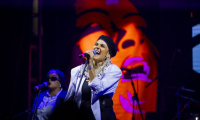





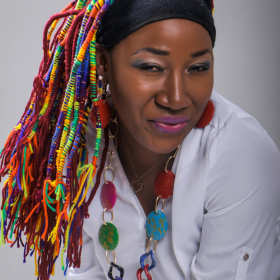
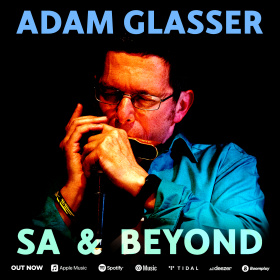


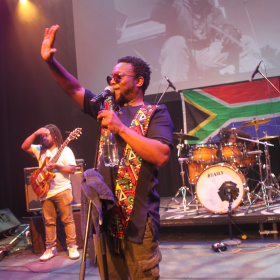




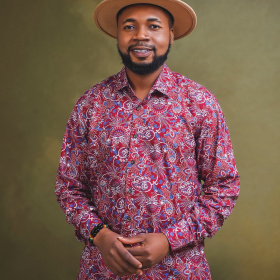






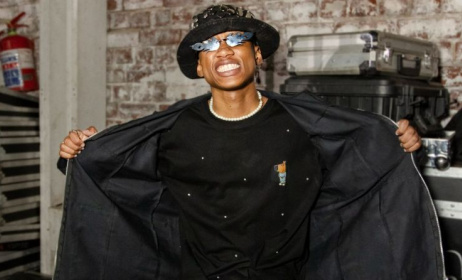




Comments
Log in or register to post comments